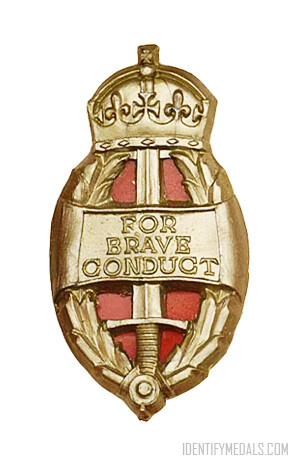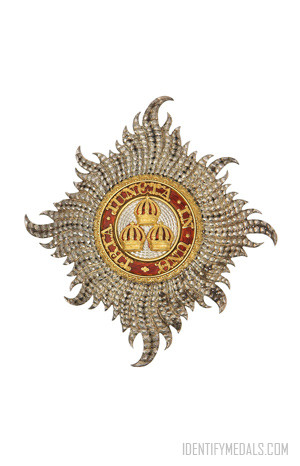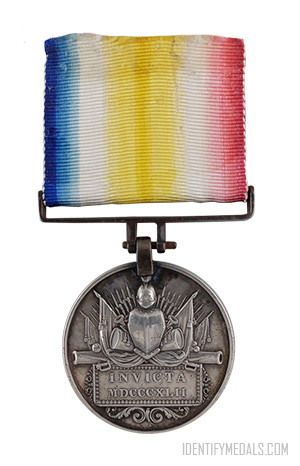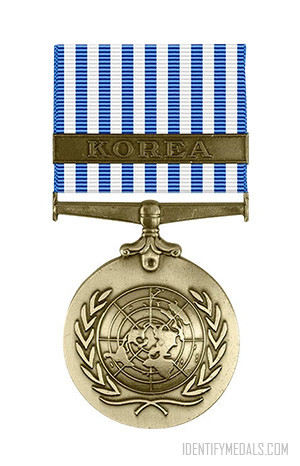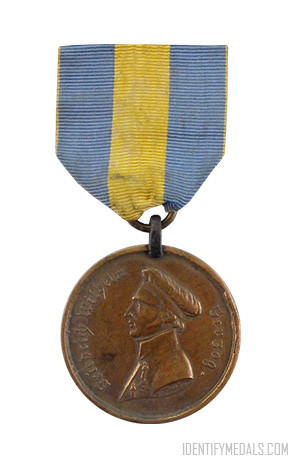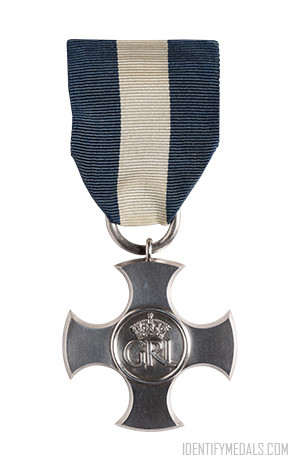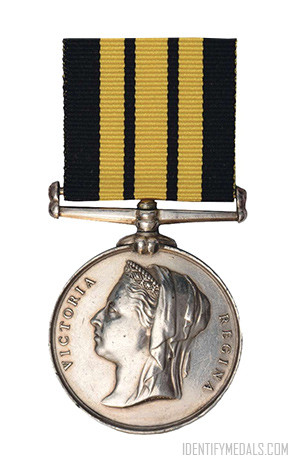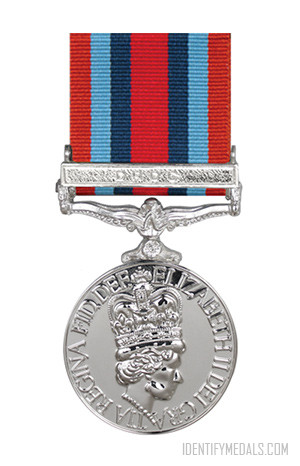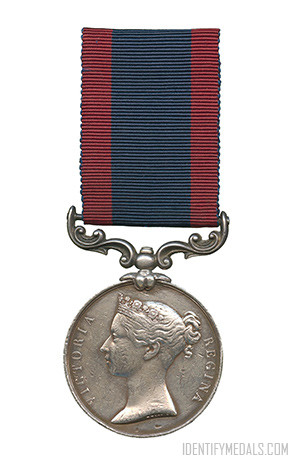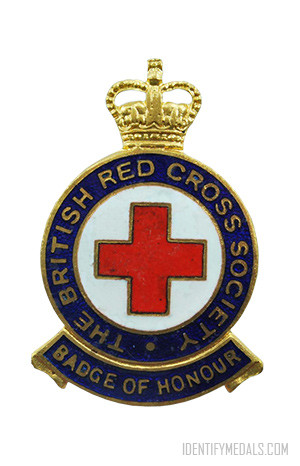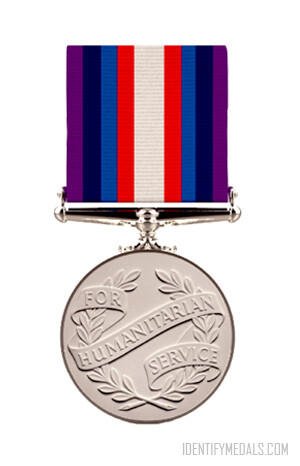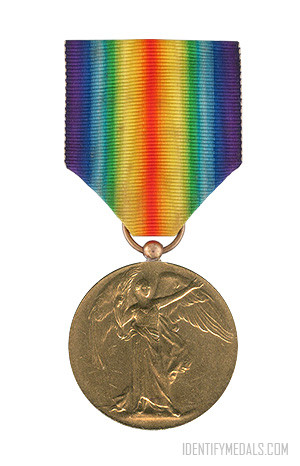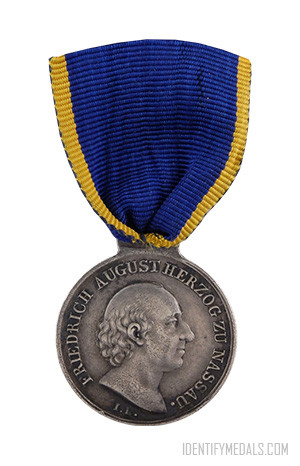- Time Period: Post-WW2
- Year of Institution: 1939
- Country: Great Britain/United Kingdom
The Queen’s Commendation for Brave Conduct, originally the King’s Commendation for Brave Conduct, recognized acts of bravery by civilians and armed forces members in non-combat situations, both in war and peace. Established by King George VI in 1939, it was discontinued in 1994 and replaced by the Queen’s Commendation for Bravery. It represented the lowest tier of bravery awards in the British honors system, alongside a mention in despatches, and did not confer post-nominal letters.
The commendation was created at the onset of World War II to address the lack of recognition for non-combat gallantry, especially among civilians and the Merchant Navy. Awards were published in the London Gazette and described simply as “Commendation for brave conduct” until 1945, when the title “King’s Commendation for Brave Conduct” was formalized. It allowed posthumous recognition, filling a gap left by other gallantry awards, which were typically not awarded posthumously except for the Victoria Cross and George Cross.
The Evolution of the Commendation
The practice of commendations originated during World War I, where it was primarily used to honor acts of bravery by Merchant Navy seamen. The system fell into disuse between the wars but was revived in 1939. After World War II, the commendation continued to recognize non-frontline bravery, often involving civil defense and public service. In 1952, it was renamed the Queen’s Commendation for Brave Conduct following the death of King George VI. The award was officially replaced by the Queen’s Commendation for Bravery in 1994.
Notable recipients ranged from firefighters and air raid wardens to Merchant Navy personnel and civilians who displayed courage in life-threatening situations, often in response to U-boat attacks, bombings, and other wartime emergencies. Recipients were listed in the London Gazette and received certificates, but no medal accompanied the commendation.
The Commendation for Brave Conduct Medal Design
Before 1943, recipients of the Commendation for Brave Conduct received only a certificate. In 1943, a gold and red plastic pin-backed badge, designed by George Kruger Gray 🔗, was introduced for civilian recipients. Measuring 38 mm by 20 mm, it featured an upright sword in a wreath with a crown and was intended for everyday civilian wear, often provided in pairs with a red box.
From 1946, the plastic badge was replaced by a silver metal laurel leaf for civilians, while armed forces personnel and merchant seamen received a bronze oak leaf insignia. Identical to the Mention in Despatches oak leaf, these devices were worn on the ribbon of the appropriate campaign medal—typically the Defence Medal for civilians and War Medal for servicemen—or directly on clothing if no medal had been awarded. For post-1945 campaigns, they could be worn on corresponding campaign medals.

